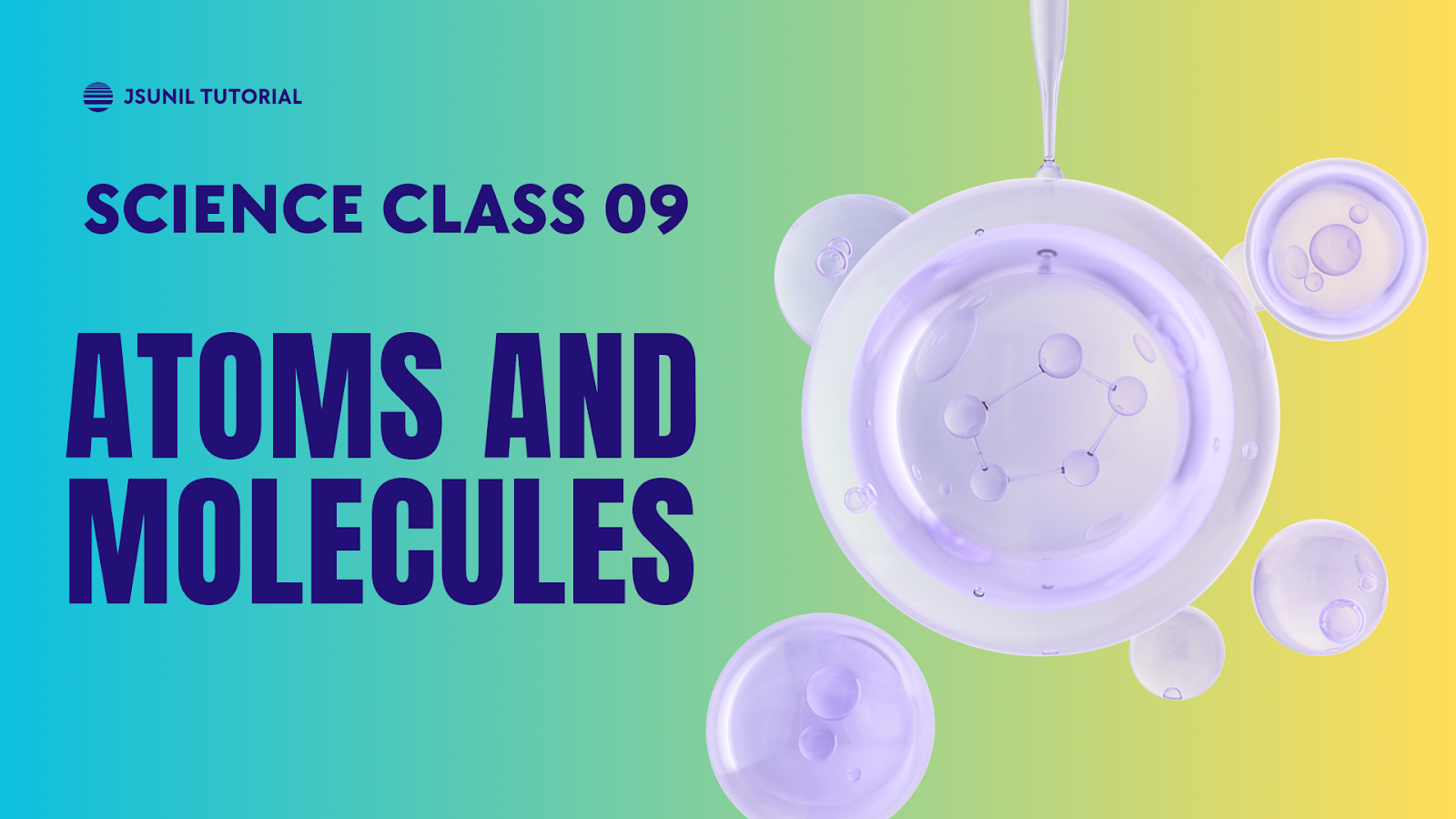Sample Problem 1. Calculate the number of mole in 52 g of Helium.
Solution. We know that, Atomic mass of He = 4u
So, its molar mass = 4 g That is, 4 g of He contains 1 mole of He.
Or, 4 g of He = 1 mole of He
Or, 1 g of He = 1/4 mole of He
So, 52 grams of Helium =1/4 x 52 mole = 13 moles
Therefore, there are 13 moles in 52 g of He
Sample Problem 2. Calculate the number of moles for 12.044 X 1023 atoms of Helium.
Solution:
6.022 X 1023 atoms of Helium = 1 mole
1 atom of Helium =1/6.022 X 1023 mole
12.044 X 1023 atoms of Helium = [(1/6.022 X 1023) x 12.044 X 1023 ]moles
[ You may use ---- Number of moles = (given numbers of particles /Avogadro number)]
Sample Problem 3. How many moles are there in 5 grams of calcium?
Sample Problem 4. How many moles there in 12.044 X 1023 atoms of phosphorous?
Sample Problem 5. Calculate the mass of 0.5 mole of Nitrogen atoms.
Solution. We know that, Molar mass of of Nitrogen atoms 14 g
The mass of 1 mole of Nitrogen atoms = 14 g
The mass of 0.5 mole of Nitrogen atoms = 14x 0.5 g = 7 g
Alternate method,
Mass = Number of moles X Molar mass
Or, = 0.5 X 14 = 7 g
Therefore, mass of 0.5 mole of N atoms is 7 grams.
Sample Problem 6. What is the mass of 3.011 X 1023 number of Nitrogen atoms?
Solution. We know that, Molar mass of of Nitrogen atoms 14 g
The mass of 6.022 X 1023 number of Nitrogen atoms= 14 g
The mass of 3.011 X 1023 number of Nitrogen atoms = [(14g/6.022 X 1023 )x 3.011 X 1023]g = 7 g
Sample Problem 7. Calculate the number of particles in each of the following:
(i) 0.1 mole of Carbon atoms
(ii) 46 grams of Sodium atoms.
Sample Problem 8 What is the mass of 4 moles of Aluminum atoms?
Determine the number of iron atoms in a piece of iron weighing 2.8 grams.
Sample Problem 9 If one mole of Carbon atoms weigh 12 grams, what is mass in grams of a single atom of Carbon?
Sample Problem 10. Calculate the mass of 0.5 mole of N2 gas.
Sample Problem 11. Convert 12.044 X 1022 molecules of Sulphur dioxide into moles?
Sample Problem 12. In which case the number of Hydrogen atoms is more- 2 mol of HCl
or 1 mol of NH3?
Sample Problem 13 . An ornament of silver contains 20 gram silver. Calculate the moles of silver present.
Sample Problem 14. If 1 g sulphur dioxide contains x molecules, what will be the number
of molecules in 1 g of methane?
Sample Problem 15. Calculate the number of aluminium ions present in 0.051 g of aluminium oxide.
Sample Problem 16. How many grams of neon will have the same number of atoms as 4 g of calcium?
Sample Problem 17. Calculate the number of iron atoms in a piece of iron weighing 2.8 grams.
Sample Problem 18. What is the mass of 3 moles of Zinc?
Sample Problem 19 : What is the ratio of molecules present in 6.6 grams of CO2 and 3.2 grams of SO2?
Sample Problem 20. If one gram of Sulphur contains x atoms, what will be the number of atoms in one gram of oxygen? (atomic mass of S = 32u) 

Comments
Post a Comment